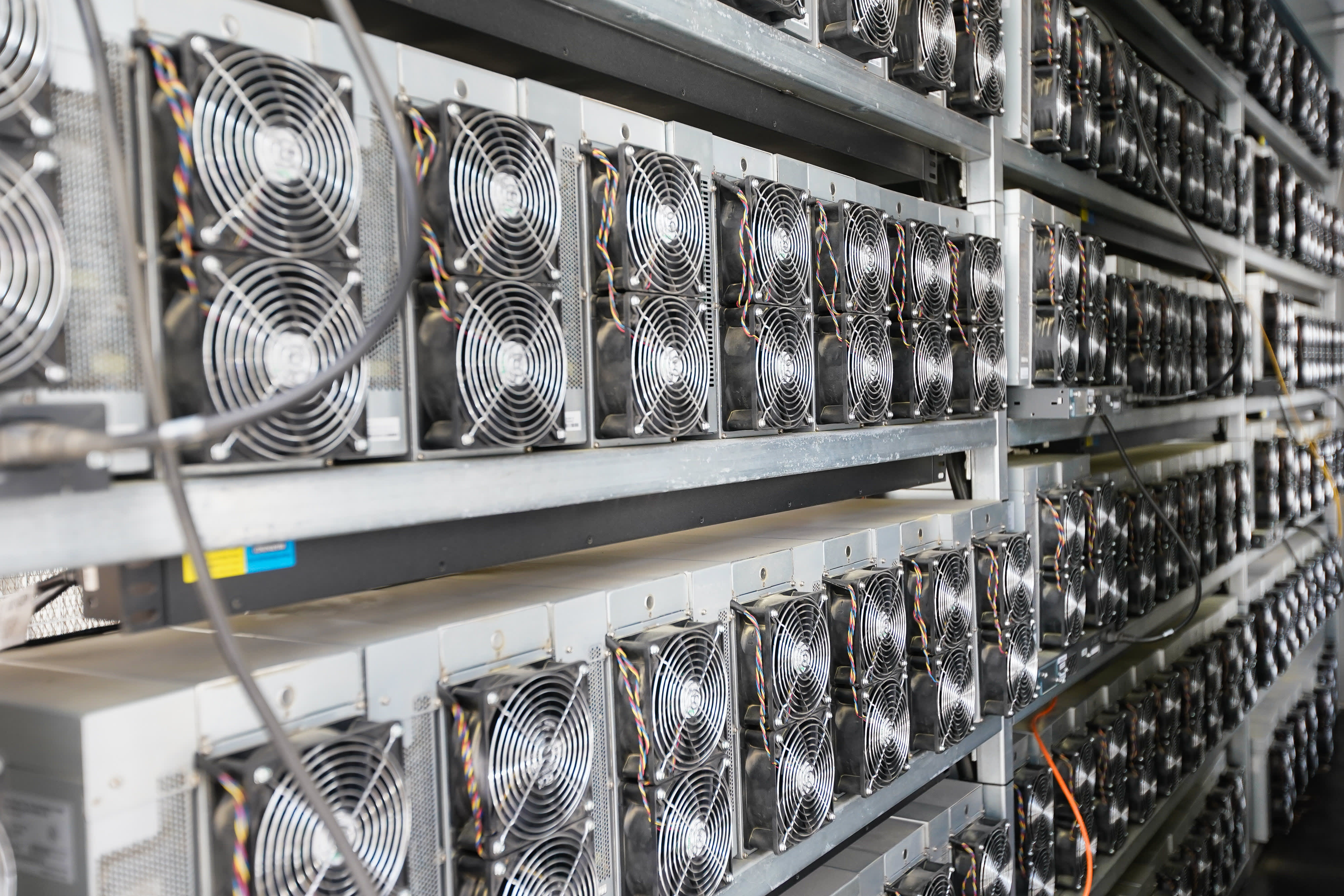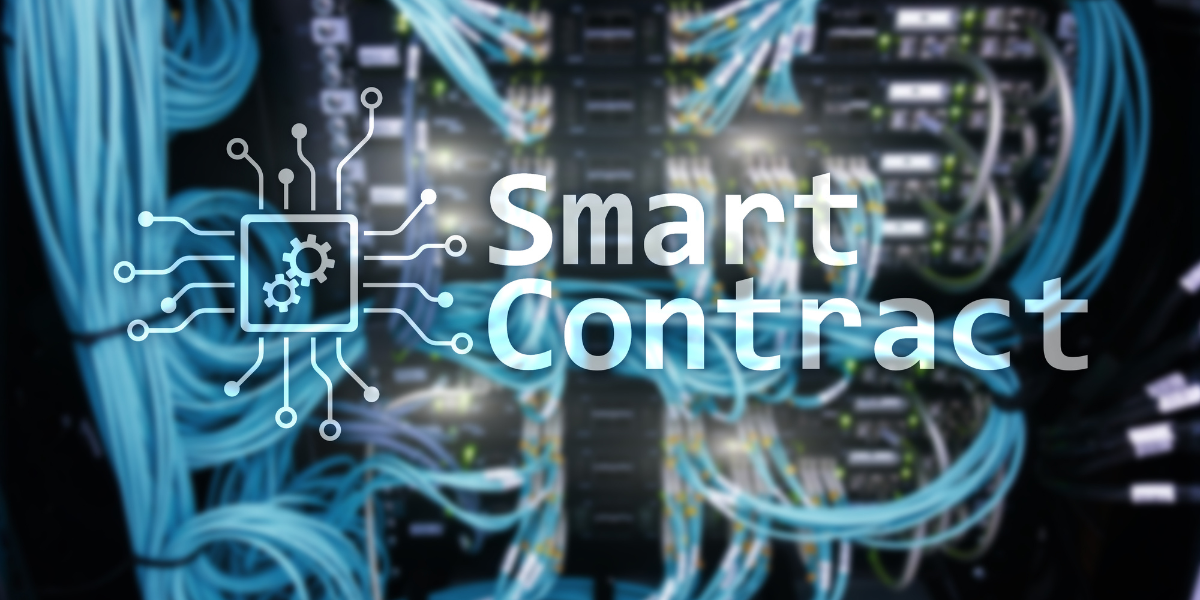The following list of bitcoin mining hardware is ASIC products only. While we acknowledge the widespread use of GPU and FPGA products currently, most newcomers to bitcoin mining are interested in the newest technology.
| Product | Mhash/s | Mhash/J | Mhash/s/$ | Watts | Price | Shipped? | Ports | Comments |
|---|---|---|---|---|---|---|---|---|
| The Monarch | 600,000 | 7,800 | 350 | $2,196 | No | USB | More info | |
| The Monarch 300 | 300,000 | 300 | $1,497 | No | USB | More info | ||
| Imperial Monarch | 1,000,000 | 1,000 | 30.2 | 650 | $2,939 | No | USB | More info |
| BFL BitForce Single ‘SC’ | 50,000 | 1,000 | 46.1 | 50 | $984 | No | USB | Shipping Now |
| BFL Rack Mount | 230,000 | $4,255 | No | USB | Units begin shipping December 30, 2013 | |||
| Avalon Batch 2 | 82,000 | 117 | 54.70 | 700 | $1499 | No | Ethernet, Wifi | |
| AntMiner S1 | 180,000 | 500 | 800 | 360 | $299 | Yes | Ethernet | |
| Bitcoin Ultra Enigma 1 | 750,000 | 1000 | 320 | 860 | $3200 | Yes | USB, Ethernet | |
| Black Arrow Prospero X-1 | 64,000 | 1777 | 267 | 36 | $239 | May 2014 | Ethernet | |
| Klondike | 5,200 | 160 | 260 | 32 | $20 | Yes | USB | |
| HashBuster Micro | 20,000 | 869 | 29 | 23 | $688 | Discontinued | USB | |
| HashCoins Apollo | 700,000 | 1436 | 600 | $2499 | May 2014 | USB | ||
| Twinfury | 4,500 | 1174 | 20 | 3.83 | $216 | Yes | USB | |
| Xtreme Miners Leopard | 2,500,000 | 431.03 | 750 | $5.800 | No | WiFi, Ethernet, USB | Mar 2014 | |
| TerraHash DX Large | 180,000 | 140 | 17.14 | 1,280 | $10500 | No | USB |
Bitcoin Mining Hardware
Bitcoin, the revolutionary digital currency, has gained widespread popularity over the years. Behind its decentralized system lies a process called “mining,” which involves solving complex mathematical puzzles to validate transactions and secure the network. At the heart of this operation is Bitcoin mining hardware, the powerhouse that drives the mining process. In this article, we’ll delve into the fascinating world of Bitcoin mining hardware and unravel how it works.
1. The Basics of Bitcoin Mining:
Before diving into the hardware, let’s grasp the fundamentals of Bitcoin mining. Miners utilize their computational power to solve intricate mathematical problems, known as proof-of-work algorithms. By successfully solving these puzzles, miners validate transactions and add them to the blockchain, ensuring the network’s integrity. In return for their efforts, miners are rewarded with newly minted Bitcoins.

2. Processing Power and Hashrate:
Bitcoin mining hardware’s primary function is to provide immense computational power to tackle these complex algorithms. Miners measure this power in terms of hashrate, indicating the number of hashes (calculations) the hardware can perform per second. The higher the hashrate, the more mining power a device possesses, increasing the chances of successfully mining a Bitcoin block.
3. ASICs: The Mining Workhorses:
To keep up with the intensifying competition, specialized mining hardware known as Application-Specific Integrated Circuits (ASICs) took center stage. Unlike traditional computer processors or graphics cards, ASICs are purpose-built solely for mining cryptocurrencies. These devices excel in performing repetitive calculations required for Bitcoin mining, offering significantly higher hashrates and energy efficiency compared to general-purpose hardware.
4. Mining Rig Components:
A typical Bitcoin mining rig consists of several crucial components. The heart of the rig is the ASIC mining chip, specifically designed to optimize hash calculations. These chips are then integrated onto circuit boards, often referred to as mining boards or hashing boards. A power supply unit provides the necessary electricity, while cooling systems like fans or heat sinks prevent the hardware from overheating during intensive operations.
5. The Mining Ecosystem:
Bitcoin mining has evolved into a sophisticated ecosystem, comprising not only individual miners but also mining farms. These farms house numerous mining rigs, collectively harnessing immense computational power. To maximize efficiency, miners often join mining pools, combining their resources and sharing rewards proportionally. This collaborative approach increases the likelihood of earning consistent mining rewards.
Bitcoin mining hardware plays a pivotal role in the functioning of the Bitcoin network, powering the validation of transactions and maintaining network security. Specialized ASICs have emerged as the go-to choice for miners due to their unparalleled efficiency and high hashrates. These powerful devices, coupled with supporting components, form the backbone of mining rigs. As the Bitcoin mining landscape continues to evolve, innovations in hardware design and optimization are expected to push the boundaries of mining efficiency even further.
However, it’s important to note that Bitcoin mining has become highly competitive, requiring substantial investments in hardware, electricity, and cooling infrastructure. As a result, mining profitability has become dependent on factors such as electricity costs, mining difficulty, and the Bitcoin price itself. Nevertheless, understanding the inner workings of Bitcoin mining hardware provides valuable insights into the fascinating world of cryptocurrency mining. For info on Bitcoin Mining Software, visit this page.













